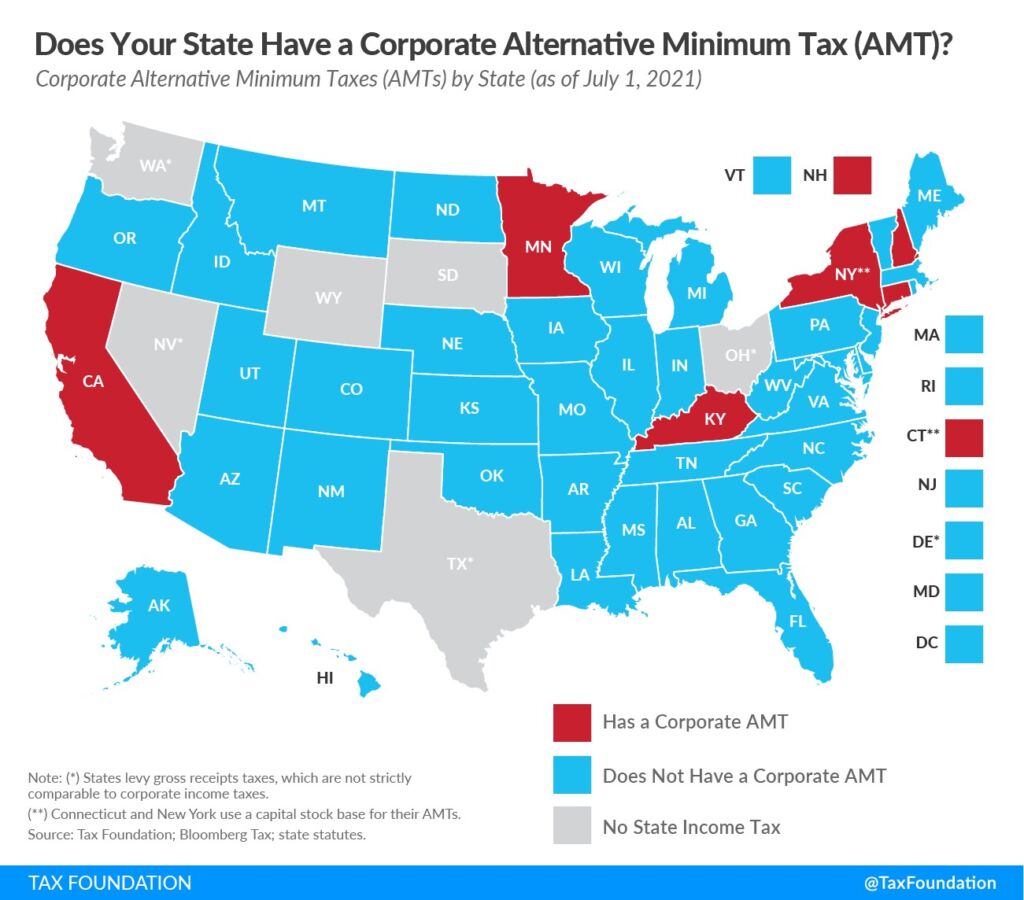The Surplus: Simplify Minnesota’s business taxes
On Dec. 7, Minnesota Management and Budget (MMB) released its budget forecast for Fiscal Year 2022-23 which foresaw a $7.746 billion projected surplus. This immediately sparked a debate about what should be done with that money.
For a number of reasons, it should be given back to the people who earned it — ordinary, hard working Minnesotans — via tax cuts.
Minnesota’s tax regime is complex
While the primary problem facing Minnesota in tax policy are excessive tax rates, our state also suffers from needless tax complexity. This complexity adds to the burden Minnesota’s tax system places on its residents and businesses.
Deductibility of depletion
Minnesota is one of thirteen states that doesn’t fully conform to the federal system for the deduction for depletion. This works like depreciation, but applies to natural resources. By imposing its own schedule, our state makes its tax system more complex than it needs to be. Conforming to the federal schedule would help this.
Alternative Minimum Tax for corporations
Minnesota is one of just six states that impose an alternative minimum tax (AMT) for corporations.

These corporate AMTs exist to prevent corporations from reducing their corporate income tax liability below a certain level, but they are an inefficient means of doing so. This contributed to their repeal in several states and on the federal level.
Minnesota’s AMT requires corporations that meet certain requirements to compute their tax liability under two systems and to pay the higher amount. This undermines structural elements of the tax code, like net operating loss provisions and deductions for business expenses. This requirement under the federal AMT imposed steep compliance costs on businesses, which in some cases proved larger than collections.
With the repeal of the federal corporate AMT in the 2017 Tax Cuts and Jobs Act and the various federal modifications located throughout the Internal Revenue Code, the Minnesota Center for Fiscal Excellence (MCFE) notes that:
“…the Minnesota AMT calculation will likely be more complicated, confusing and burdensome (Is that even possible?) to taxpayers, if it remains. Practitioners are currently required to prepare additional forms calculating AMT, AMT credits, and AMT NOLs [Net operating losses], which also requires additional time and resources for the Department to audit.”
MCFE also points out that:
“…the last time [Minnesota Department of Revenue] published a corporate income tax bulletin (about a decade ago) the corporate AMT constituted about 1% of state corporate income tax collections. Given the current circumstances, that’s not worth retaining.”
Simplify Minnesota’s corporate taxes
Tax burdens aren’t only functions of the rates, but also of the ease of complying with the laws. The more difficult that is, the more burdensome taxes are.
Both the failure to conform to the federal depletion schedule and the existence of the corporate AMT make Minnesota’s taxes more complex and burdensome. State legislators should conform to the federal depletion schedule and abolish Minnesota’s corporate AMT.